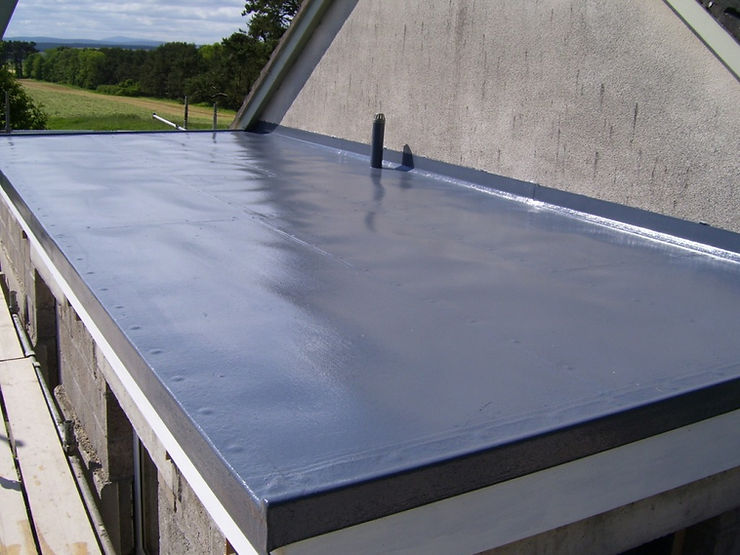When it comes to roofing choices, one of the fundamental decisions you'll need to make is whether to go for a flat or sloped roof. Both options have their own distinct advantages and disadvantages, and the choice you make can significantly impact your home's aesthetics, functionality, and maintenance requirements. In this blog post, we'll compare the pros and cons of flat roofs and sloped roofs to help you make an informed decision.
Flat Roofs
Pros:
- Modern Aesthetics:
Flat roofs have a sleek, contemporary look that can give your home a modern and stylish appearance. - Additional Space:
The flat surface of a flat roof can be used for various purposes, such as creating a rooftop garden, outdoor lounge, or solar panel installation. - Easy Access:
Maintenance and repairs on flat roofs are often easier and safer to perform since you can access the roof more comfortably. - Cost-Efficient:
Flat roofs tend to be more cost-effective to install than sloped roofs due to the reduced need for materials and labor.
Cons:
- Drainage Issues:
Flat roofs can be prone to drainage problems if not designed correctly. Standing water can lead to leaks and structural issues. - Maintenance Intensive:
Flat roofs require regular maintenance to prevent water pooling, and they may need resealing or coating every few years to maintain their integrity. - Limited Aesthetic Variety:
Flat roofs may not suit all architectural styles, and they offer limited design options compared to sloped roofs. - Shorter Lifespan:
Flat roofs typically have a shorter lifespan compared to sloped roofs and may require replacement sooner.
Sloped Roofs
Pros:
- Effective Drainage:
Sloped roofs naturally shed water, reducing the risk of leaks and water damage. - Versatility:
Sloped roofs come in various designs and materials, making them suitable for a wide range of architectural styles. - Longevity:
Sloped roofs tend to have a longer lifespan than flat roofs and may require fewer replacements over the years. - Energy Efficiency:
The slope allows for effective ventilation and insulation, making it easier to regulate indoor temperatures and potentially reducing energy costs.
Cons:
- Higher Initial Cost:
Sloped roofs are often more expensive to install due to the increased need for materials and labor. - Limited Usable Space:
The steep pitch of sloped roofs limits the amount of usable space in your attic or upper floors. - Maintenance Challenges:
Cleaning and maintenance of sloped roofs can be more challenging and hazardous due to the steep angles. - Less Modern Aesthetics:
Sloped roofs may not provide the sleek, modern appearance that some homeowners desire.
Conclusion
The choice between a flat or sloped roof ultimately depends on your individual preferences, budget, and the architectural style of your home. While flat roofs offer a contemporary look and versatility in how you use the space, they require more maintenance and may have drainage issues. On the other hand, sloped roofs offer effective drainage, durability, and a wide range of design options but come at a higher initial cost.
Consulting with a roofing professional and considering the specific needs and characteristics of your home can help you make the best choice. Whether you opt for a flat or sloped roof, proper maintenance is key to ensuring the longevity and functionality of your roofing system.


